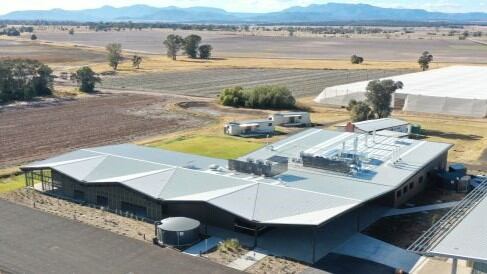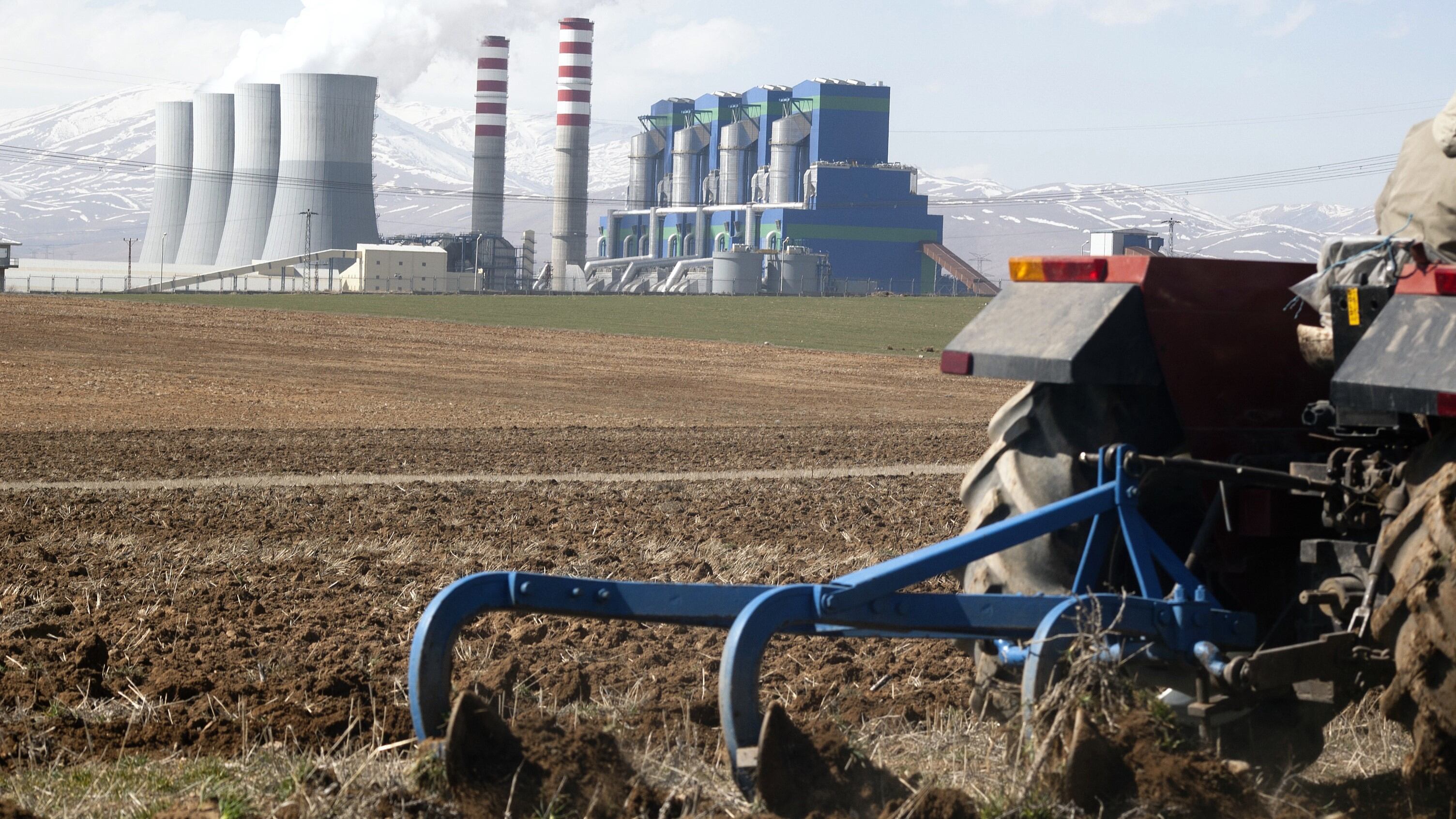The University of Sydney opened the International Centre of Crop and Digital Agriculture in Narrabri, NSW, Australia, an AU$15.2 million (US$9.7 million) facility, last month.
The research centre was delivered in partnership with the NSW government, academia, private company Australian Grain Technologies (AGT), and industry associations Grains Research and Development Corporation (GRDC) and NSW Wheat Research Foundation (NWRF).
“Agtech just found a home”
Director of Sydney Institute of Agriculture, Prof Brent Kaiser, told AgTechNavigator that the new facility is embedded in the local farming community to translate research into “practical and useful insights” for primary producers.
“A lot of technologies have been over the last 10 years that still haven’t found a home in the farm yet because it’s either too expensive or not delivering a reliable outcome to farmers. We [as researchers] can create as many crazy technologies as possible, but we can’t get it through if there’s no right price point or functionality to make a difference.
“We need more interactions between the primary producers and the research community to understand what’s holding back from using the technologies, what technologies would they use, what’s the price point feasible for them, and whether it is worthwhile in the long run to use it. We can then trial them with the metrics put to us by the industry to get the right mix.”

Much of the funding that underpins agtech research in Australia comes from the national Rural Research and Development Corporations, a matching fund by the government and industry to distribute the projects to universities.
However, continued funding could become challenging, especially for breeding programmes that could take 10 to 12 years to grow a new plant line, Prof Kaiser added.
In the case of the new facility, one of their industry partners is GRDC that has in place long-term funding programmes underwriting its beneficiaries for a specified period to ensure outcomes can be delivered.
What technologies are of interest?
Farmers’ interest to digitalise their farm operations is also picking up, according to Thomas O’Donoghue, postdoctoral research associate with the university specialising in digital agriculture. He said that having researchers within their proximity enables “ideas to come from both sides of the fence.”
Agtech could facilitate precision agriculture by measuring the impact of different management practices, including regenerative agriculture and organic agriculture.
“[Farmers’ agtech interest can] range from things as simple as having sensors on their tank gauge that just tells them how much water they’ve got in the tank, to more advanced measurements like soil moisture probes.
“Once we prove the business case, that opens the door to get farmers excited about having more information at their fingertips to make better decisions around their farm,” O’Donoghue explained.
Other technologies currently explored and customised for use in the farms include the near-InfraRed) (NIR) spectroscopy, a non-intrusive technology used to determine the quality of food, as well as a multisensor rod that measures the moisture, temperature, and salinity of soil at multiple depths.
Watch the video to find out more about the new facility:
Promotional video for International Centre of Crop and Digital Agriculture (Source: University of Sydney)
Objectives and next steps for the facility
The facility is targeting to increase the resilience of Australia’s major crops for drought and heat tolerance, and to buck up food security solutions for the country.
Some of the major crops include fibre, wheat, fava beans, chickpeas, and hemp. It is also exploring multipurpose crops for energy generation and functional foods in the protein space.
Beyond technologies to improve farmers’ productivities, Prof Kaiser teased the possibility of partnering with manufacturers to tap on their technologies to value-add to primary production.
“Farmers want to learn how to value add what they're doing on farm, and, and getting access to that increased value instead of just selling a grain at the farm gate. The value increases 10 times after it leaves the farm gate in most situations, and how can farmers participate in that?
“Energy supply for primary production is a hot topic, whether it is fertilisers, energy to drive tractors, hydrogen or renewable energy, anything that can minimise the cost and maximise environmental credentials.
“The agricultural sector contributes to about 26% of the greenhouse gases on the planet. So, it’s got a major responsibility to try to mitigate these things and getting other industries involved on-site is going to be something we’re pursuing in our track.”
On the possibility of international collaboration, Prof Kaiser said that the facility is likely to partner with nations with some agricultural commonality. These countries include India where similar grains have been grown there, as well as South East Asia which supplies germ plasm for pulses grown in Australia.




